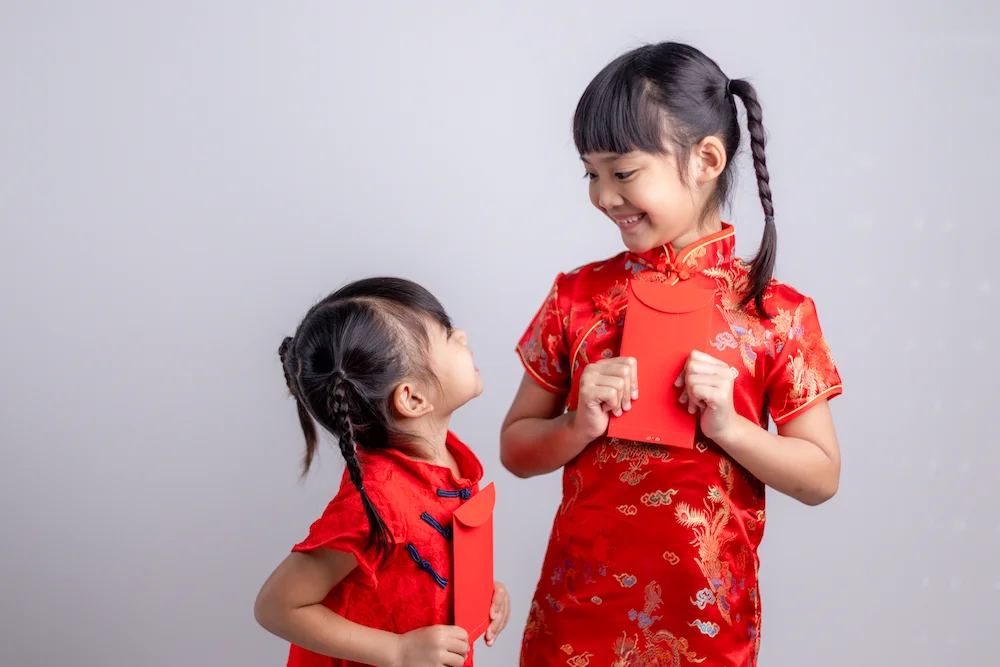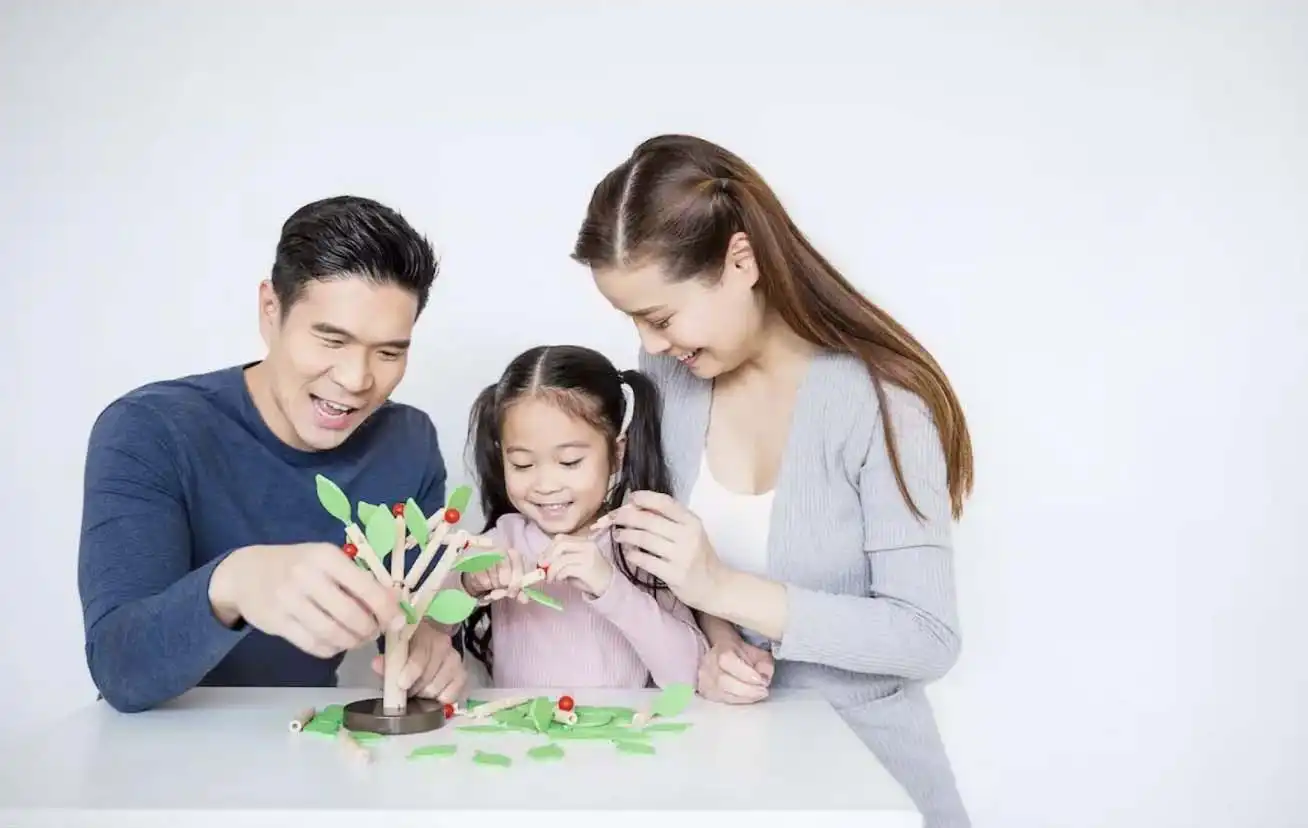The 3 most common traditions of the Lunar New Year

The Lunar New Year is a big deal for anyone who celebrates it. Steeped in tradition, there’s always lots to do in the weeks leading up to the actual day, and plenty of customs to observe during the actual celebrations. But for outsiders looking in, no doubt it all looks like a fuzzy whirlwind of red, gold and orange.
Curious about some common Lunar New Year customs and practices? Here’s three of the most common ones that are present every year. Feel free to share this with your child - perhaps they’ll learn something new about this special holiday!
Jazzing up the place in red
As soon as January rolls around, families observing Lunar New Year will begin preparations - purchasing festive goods, cleaning up the house from top to bottom, and dressing it up in bold-red decorations such as auspicious banners and spring couplets.
At first glance, these decorations might be taken for seasonal decor. But they do have their own symbolic significance, too. For example, spring couplets are derived from an old custom of inscribing peach wood boards created to ward off evil spirits and bring good luck, which is why these red decorations are prominently displayed during Lunar New Year.
Another commonly seen decoration is the Chinese character for prosperity (福 fú), which are commonly put up to invite wealth and bountifulness to the home. To enhance the effect, some households would deliberately paste the character upside down - the Chinese word for ‘turned over’ coincidentally sounds the same as the word for ‘arrived’, thus conveying the expression that ‘prosperity has arrived’.
Spreading joy with red packets
Red packets are perhaps the most anticipated ritual of Lunar New Year, especially for young children who would inevitably be showered with red packets by their relatives. Each vibrantly-coloured envelope contains some amount of cash, and it’s always exciting to open one holding a good amount of pocket money.
Unsurprisingly, red packets symbolise the gifting of good luck, health, and prosperity. It’s also a standard way to express gratitude and respect, especially if given to older family members. On the other hand, giving red packets to children symbolises blessings for a good outcome in their studies.
Giving well wishes with mandarin oranges
Exchanging mandarin oranges during Lunar New Year is also another common tradition. Usually done when visiting relatives, the standard practice is to present two oranges to the host at the door, who would receive the oranges and return the favour with another set of two from their own collection.
Mandarin oranges feature prominently during the festive season as it symbolises wealth and luck. The word for ‘mandarin orange’ in Mandarin, 桔 (ju), sounds similar to the word for ‘auspicious’ 吉 (ji). The alternate word for it, 柑 (gan), also sounds very similar to the Cantonese word for ‘gold’, 金 (gam). Not only that, the mandarin orange’s glossy lustre is also reminiscent of the precious metal, lending itself well as a symbol of fortune. At its core, the Lunar New Year is an opportunity for families to get together and share blessings of good fortune and bountiful prospects, while observing cultural traditions and customs. Whether or not you and your family are celebrating it this year, we hope that you enjoy the opportunity to get a good rest!
 SG
SG  VN
VN 














